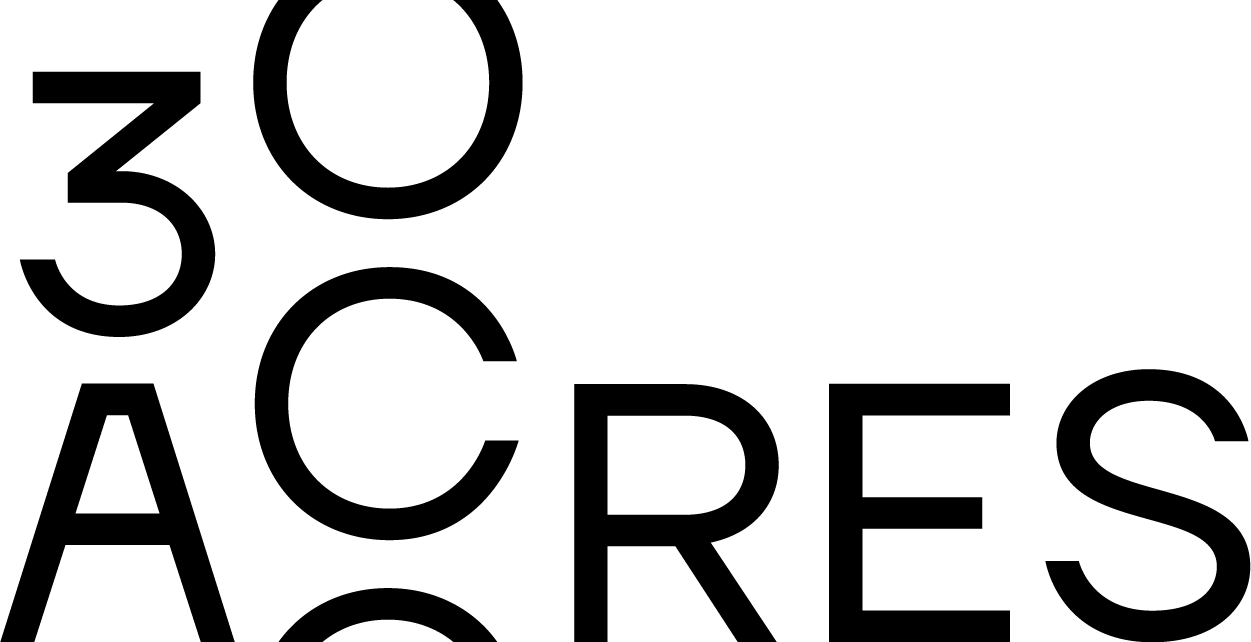
What is Marketing Efficiency Ratio (MER) & How Do You Calculate It
Discover how to analyse, optimise, and maximise your marketing efforts with the Marketing Efficiency Ratio (MER). Learn about its importance and the best practices to calculate and improve your MER for outstanding marketing performance.
Table of Contents
- What is Marketing Efficiency Ratio (MER)?
- Why is MER Important?
- Calculating MER: The Formula
- Analysing Your MER
- How to Improve Your Marketing Efficiency Ratio
- Key Metrics to Monitor and Optimise
- Conclusion
What is Marketing Efficiency Ratio (MER)?
There is some debate within the marketing community about the exact meaning of "MER." Some common interpretations include:
- Marketing Efficiency Ratio
- Marketing Effectiveness Ratio
- Media Efficiency Ratio
Regardless of the label, the concept remains the same. To calculate MER, you simply divide your total revenue by your total marketing spend over a given period. In essence, MER measures the effectiveness of your paid media campaigns by evaluating the revenue generated for every dollar spent on ads.
MER = Total Revenue / Total Ad Spend
This metric allows businesses to move beyond abstract attribution measurements and focus on the crucial question: how much revenue is being generated for each dollar spent on advertising?
Simply put, MER helps you determine whether your marketing efforts are generating a positive ROI and driving business growth.
Calculating MER: The Formula
To calculate MER, use the following formula:
MER (ratio)= Total Revenue / Total Ad Spend
MER (%) = (Total Ad Spend / Total Revenue) *100
Where:
- Total Revenue is the total revenue generated by your store.
- Total Ad Spend is the total amount spent on all paid media campaigns
For example, if your store generated $180,000 in revenue and you spend $20,000 on paid media for that period, your MER would be a ratio of 5 or 20%:
MER (ratio) = $100,000 / $20,000 = 5
or
MER (%) = ($20,000 / $100,000) *100 = 20%
This indicates that for every $1 spent on paid media, your store generates $5 in revenue, inversely it shows you that you are currently spending 20% of revenue on paid media.
Analysing Your MER
There are several ways to display MER data, such as percentages or as a number or ratio.
MER as a Percentage
By presenting MER as a percentage, you can quickly determine the portion of your revenue allocated to paid media. For example, if the calculated percentage is 17%, this means that 17% of your revenue was used on paid media advertising.
MER as a Number or Ratio
Another way to represent MER is by displaying it as a value or ratio. This method demonstrates the direct relationship between ad spend and revenue generation. For instance, an MER of 13.62 indicates that for every dollar spent on advertising, $13.62 of revenue was generated.
Overall
A strong MER (ratio) number indicates that your marketing strategies are working effectively, attracting new customers, and generating revenue. A low MER (ratio), on the other hand, suggests that your marketing efforts may need adjustments.
By analysing MER, businesses can:
- Assess the performance of marketing campaigns
- Make data-driven decisions for optimising strategies
- Allocate resources more efficiently
- Identify areas for improvement
- Increase overall marketing effectiveness
- Forecast marketing budgets
Why is MER Important?
When it comes to determining the effectiveness of your paid media, the MER (Media Efficiency Ratio) is an essential metric to consider. It acts as a guiding star in a sea of attribution, helping you track and plan your paid marketing efforts.
Tracking
MER is the most useful metric to evaluate the efficiency of your paid media at any given moment. For example, if you are uncertain whether Facebook can drive revenue to your business, you can use MER to determine the effectiveness of your current paid media.
If your MER is lower than your goal, you can either reduce spending on platforms that you are less confident, launch new ads or push spend in channels that you are more confident in. In either case, you can gauge the efficacy of your current paid media or if it is slipping.
Planning
Suppose your CEO has set a revenue goal of $10M for the year. With MER as your guide, you can evaluate your data and determine that you can achieve a profitable MER of 5 or a marketing budget of 20% of your $10M revenue goal. This means that your paid media strategy would require $2M to attain the target
How to Improve Your Marketing Efficiency Ratio
Improving your MER requires consistent monitoring, analysing, and optimising of your marketing strategies. Here are some steps to help you boost your MER:
- Analyse your current marketing efforts and identify areas for improvement.
- Optimise your target audience to ensure you're reaching the right customers.
- Test and refine your marketing messages to increase engagement and conversions.
- Allocate your budget strategically to high-performing channels and tactics.
- Continuously monitor your key metrics and adjust your strategies accordingly.
Key Metrics to Monitor and Optimise
To optimise your MER, it's essential to track and monitor the following key metrics:
- Customer Acquisition Cost (CAC)
- Customer Lifetime Value (CLV)
- Conversion Rate
- Return on Ad Spend (ROAS)
- Average Order Value (AOV)
By closely monitoring these metrics, you can make informed decisions to improve your marketing efficiency and boost your MER.
Conclusion
The Marketing Efficiency Ratio (MER) is a powerful indicator of your marketing performance, helping you assess the effectiveness and profitability of your campaigns. By understanding how to calculate and improve your MER, you can optimise your marketing strategies, make data-driven decisions, and allocate resources more efficiently to achieve outstanding results.
Monitoring key metrics, implementing best practices, and continuously refining your marketing efforts will not only improve your MER but also drive business growth and enhance your overall marketing performance.


Leave a comment
This site is protected by hCaptcha and the hCaptcha Privacy Policy and Terms of Service apply.